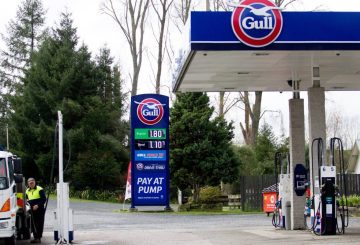ティワイ・ポイントのアルミニウム製錬所(NZAS)とメリディアン・エナジーは、ピーク時に製錬所からの需要の柔軟性を高めるため、取引が承認されました。電力公社が承認したこの契約に基づき、メリディアンは、冬季のピーク時や発電や送電の問題など、電力システムにストレスがかかっているときに、製錬所に最大50メガワットの需要削減を要求することができます。
NZASのクリス・ブレンキロン最高経営責任者(CEO)は、この承認により今年初めに締結された合意が正式なものになったと述べた。「簡単に言えば、この合意は、干ばつにより水力発電湖が低水位まで下がった場合に、アオテアロアが石炭を燃やす必要がなくなる可能性が高いことを意味します。」バークレイ氏によると、利用可能な追加のピークエネルギーは、平均的な5万世帯が消費する電力とほぼ同じだという。
「最終的には、石炭の燃焼量が減ることによる二酸化炭素排出量の削減と、同様に重要なこととして、電力システム全体のコストが削減され、最終的には顧客のコストが削減される可能性があります。」
4月に初めて発表されたこの契約は、メリディアンと製錬所との間の来年12月までの供給契約の残りの期間を対象としています。「ニュージーランドがより再生可能な電力システムに向けて取り組む中で、冬の需要と乾期のエネルギー需要をどのように管理できるかについて創造的に考える必要があります」とバークレイ氏は述べています。
電力局はまた、製錬所が未使用の電力を第三者に転売できることにも同意しました。
クレジット:radionz.co.nz



























































